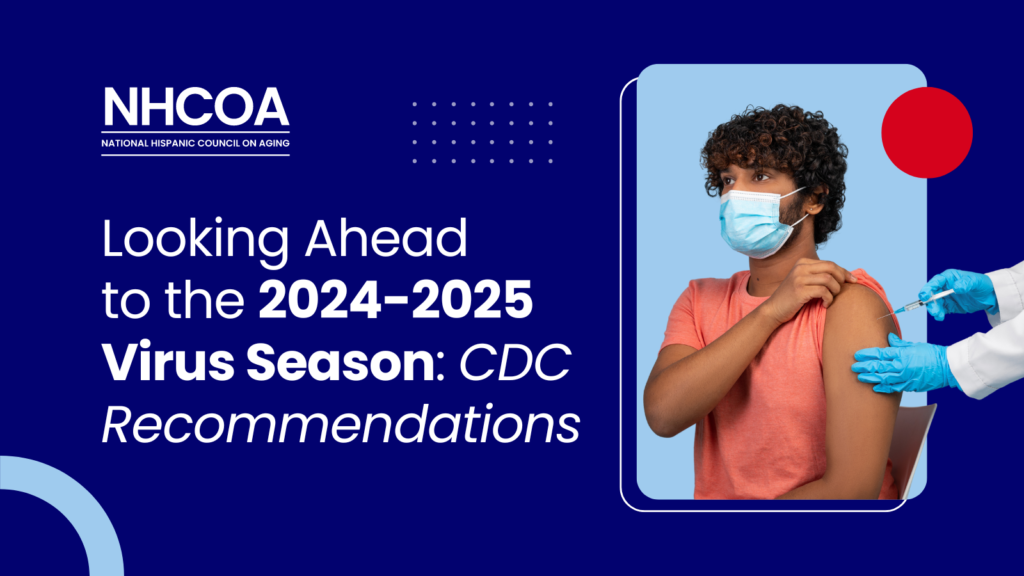
We have reached the thick of summer, and as most of the United States wades through a heatwave, the CDC is looking ahead to the fall and winter seasons with updated COVID-19 guidance. Just like with the flu, COVID-19 is far more active in the fall and winter seasons, so another spike in infections is anticipated for the 2024-2025 season.
We may be four years out from the initial wave of COVID-19 that created a pandemic, but the CDC reports important statistics that confirm this virus to still be a sincere danger. In 2023, 916,300 hospitalizations occurred, due to COVID-19 infections, with over 75,000 of those cases resulting in death.
The CDC recommends receiving updated doses of vaccinations against COVID-19, as soon as they are available during the 2024-25 season. Moderna, Novavax, and Pfizer are confirmed to have updated vaccines later this year. This recommendation extends to everyone ages 6 months and older, and should be especially considered for those who are immunocompromised due to specific conditions and chronic diseases.
You may be thinking that the number of updated doses for COVID-19 is overcautious, but remember that this is the same process incorporated into the flu shots that we receive every year. COVID-19 and influenza, are viruses; there are variants, which evolve, changing their make-up and requiring new updated vaccines to protect against them. Meaning that each year, previous doses of vaccines are less effective against these newer variants. In a recent post, we at NHCOA spoke on one of the latest variants, known as KP.2.
As of July 6th, 2024, the CDC estimates that KP.2 accounts for 24% of current COVID-19 infections. This is a clear and note-worthy increase since May, when it was estimated to account for only 16% of infections at the time. KP.3 is another variant which has since become the dominant form of COVID-19 seen in current infections, and is projected to account for about 36% of infections as of July 6th, 2024 as well. In May, KP.3 was only responsible for less than 10% of infections.
KP.2 and KP.3 are members of the variant group known as “FLiRT,” descendants of the JN.1 variant, which descended from the Omicron variant. As discussed in our KP.2 blog post, individuals who have previously contracted the JN.1 variant will likely have antibodies that are able to recognize KP.2 and KP.3, due to their similar mutations. However, it is still important that we be prepared for new developments from the FLiRT variant group, as it seems likely that these variants will continue to grow in their respective infection rates.
We encourage everyone to stay up to date with their vaccinations. Come this 2024-2025 season, be sure to secure your updated vaccine for COVID-19.
References:
“Monitoring Variant Proportions,” COVID Data Tracker. The Centers for Disease Control and Prevention. https://covid.cdc.gov/covid-data-tracker/#variant-proportions
“Trends in United States COVID-19 Deaths, Emergency Department Vists (ED) Vists, and Test Positivity by Geographic Area,” COVID Data Tracker. The Centers for Disease Control and Prevention. https://covid.cdc.gov/covid-data-tracker/#trends_weeklydeaths_select_00
“CDC Recommends Updated 2024-2025 COVID-19 and Flu Vaccines for Fall/Winter Virus Season,” CDC Newsroom. The Centers for Disease Control and Prevention. https://www.cdc.gov/media/releases/2024/s-t0627-vaccine-recommendations.html

Recent Comments